Tropicana – The Gates to Paradise
“Who will make it all the way to the end, who will not, where will the tears flow, where will the smiles come, and where will the drama unfold? As a photographer those are always the challenges to navigate in a project like this.”
At the turn of this century, I was fortunate enough to be able to photograph the world-famous Tropicana Cabaret behind-the-scenes for over a year. I was the first photographer to be allowed such a privilege and no one since has been given that access.
Tropicana has very high standards, which is why it runs its own dance school — one in high demand. At the beginning of each course, over 600 young aspirants line up in front of the backstage entrance door in the Havana neighborhood of Playa, followed by days of intense examinations of both physical conditioning and a general understanding of rhythm. Finally, out of these 600 or so young people that dream to be a part of the famous Tropicana, only about 80 boys and girls make the cut. But the selection process is far from over. Dance classes commence — the young dancers get trained in classical ballet, Danza Contemporanea, and folk dances, followed by more tests and screening after four weeks. Every three months following thereafter, the group gets smaller and smaller. At the end of all this after over a year, only eight dancers remain.
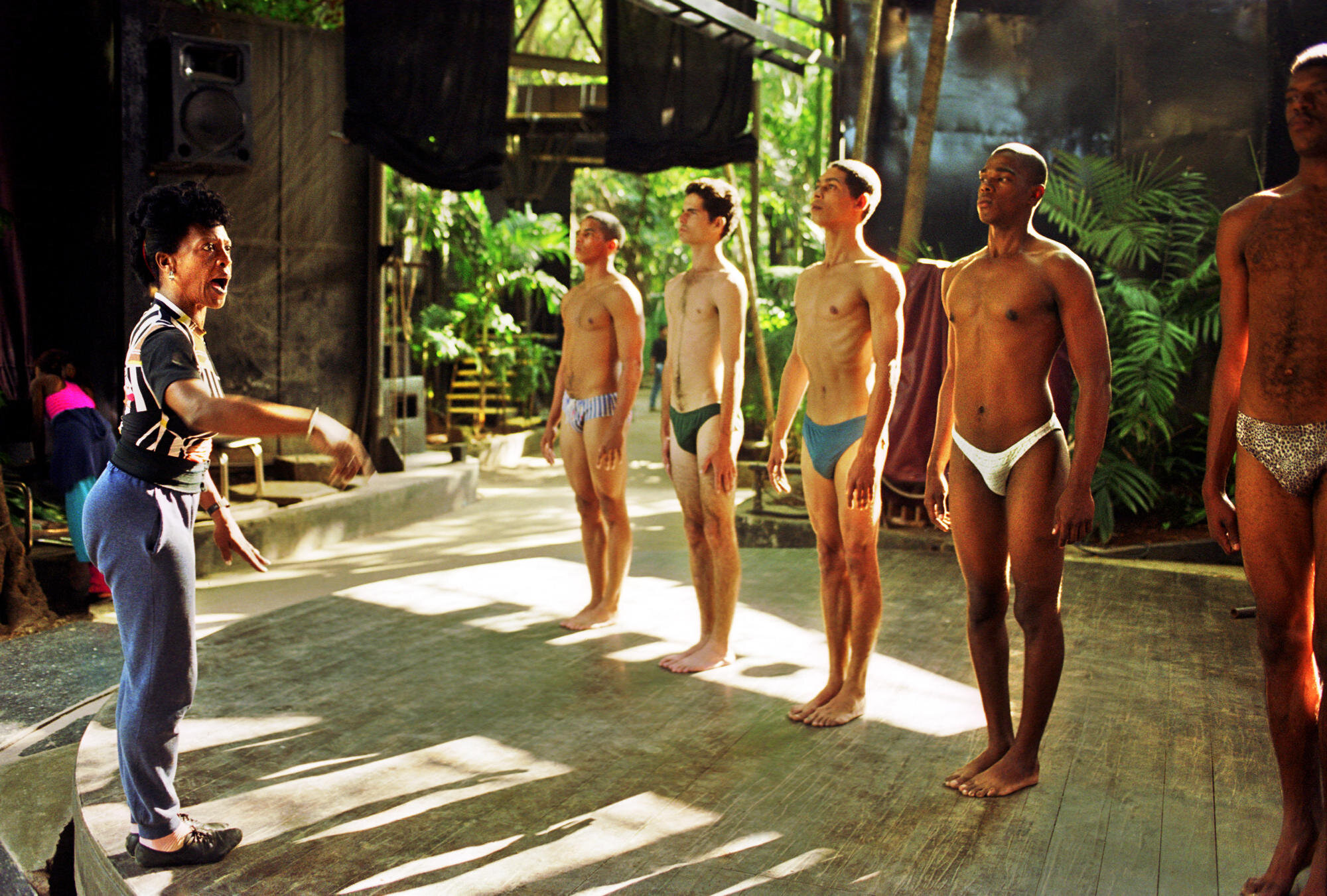
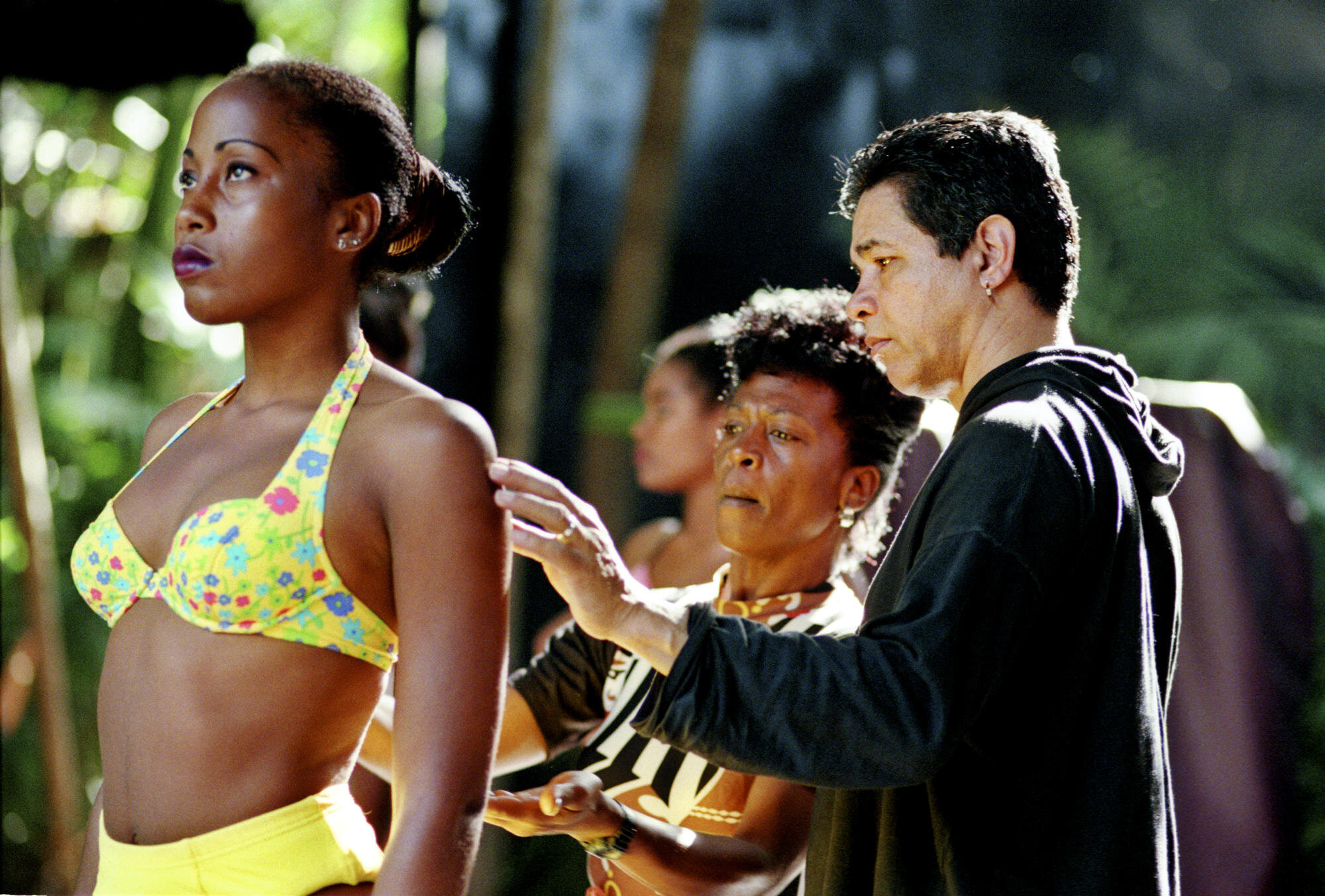
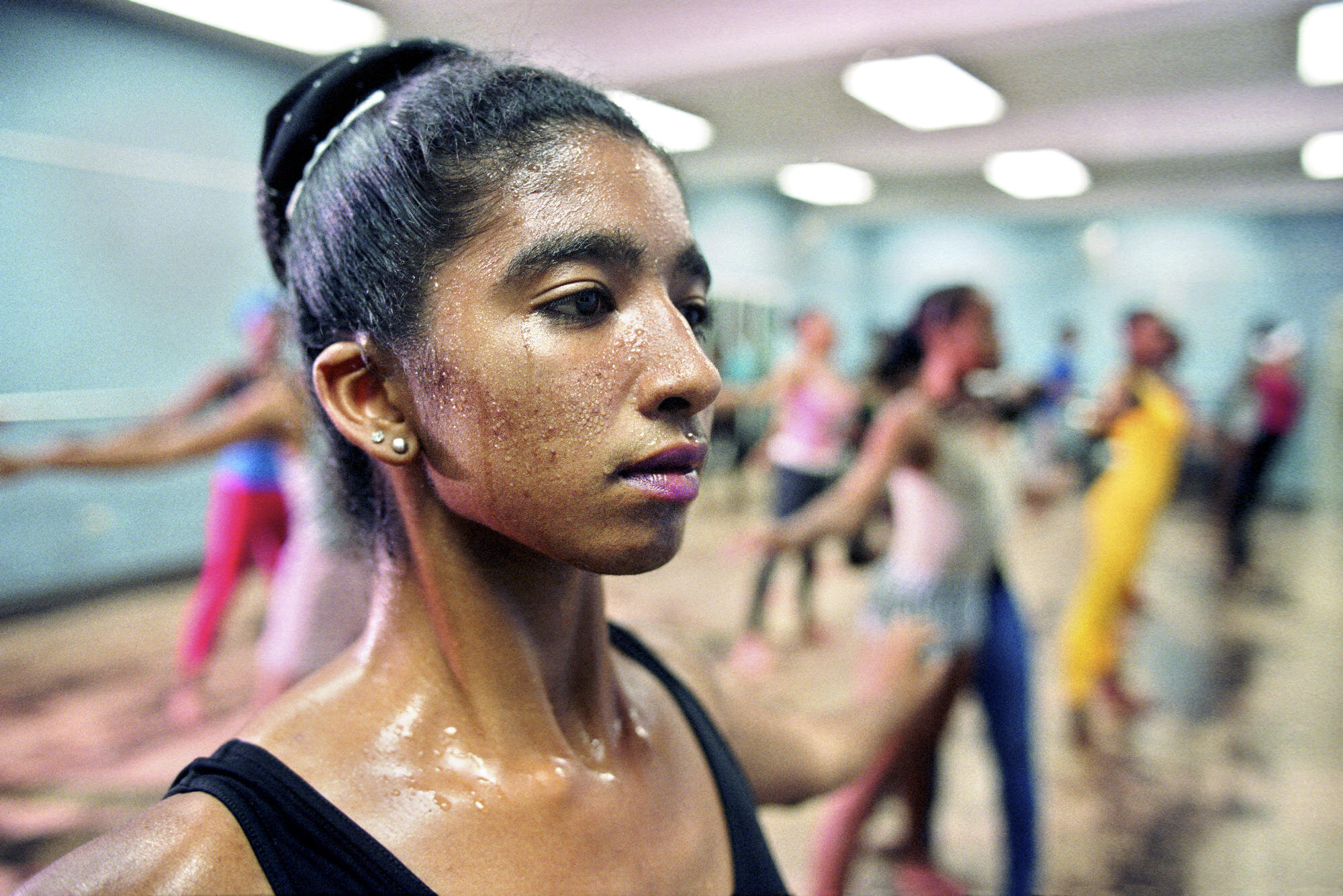
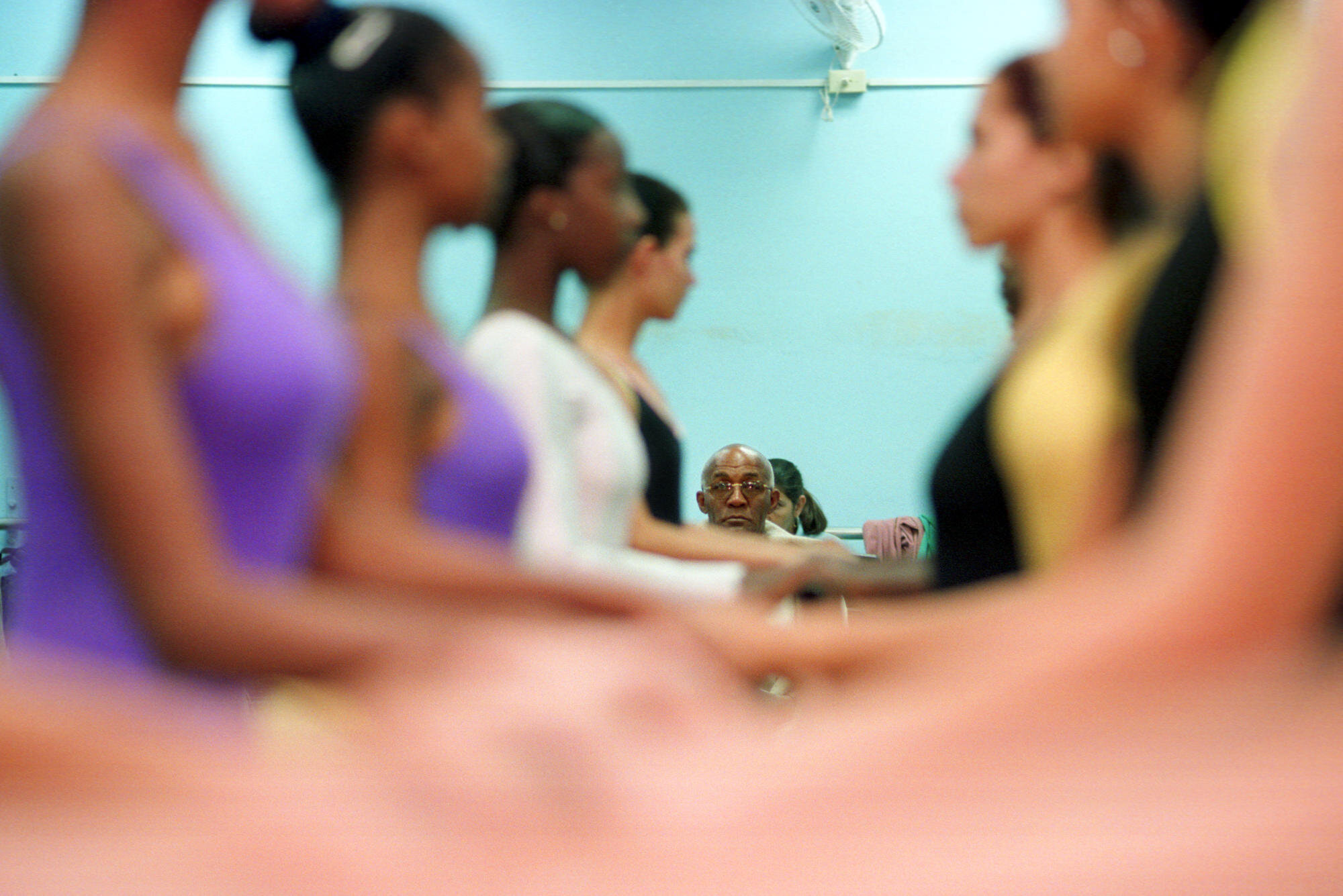
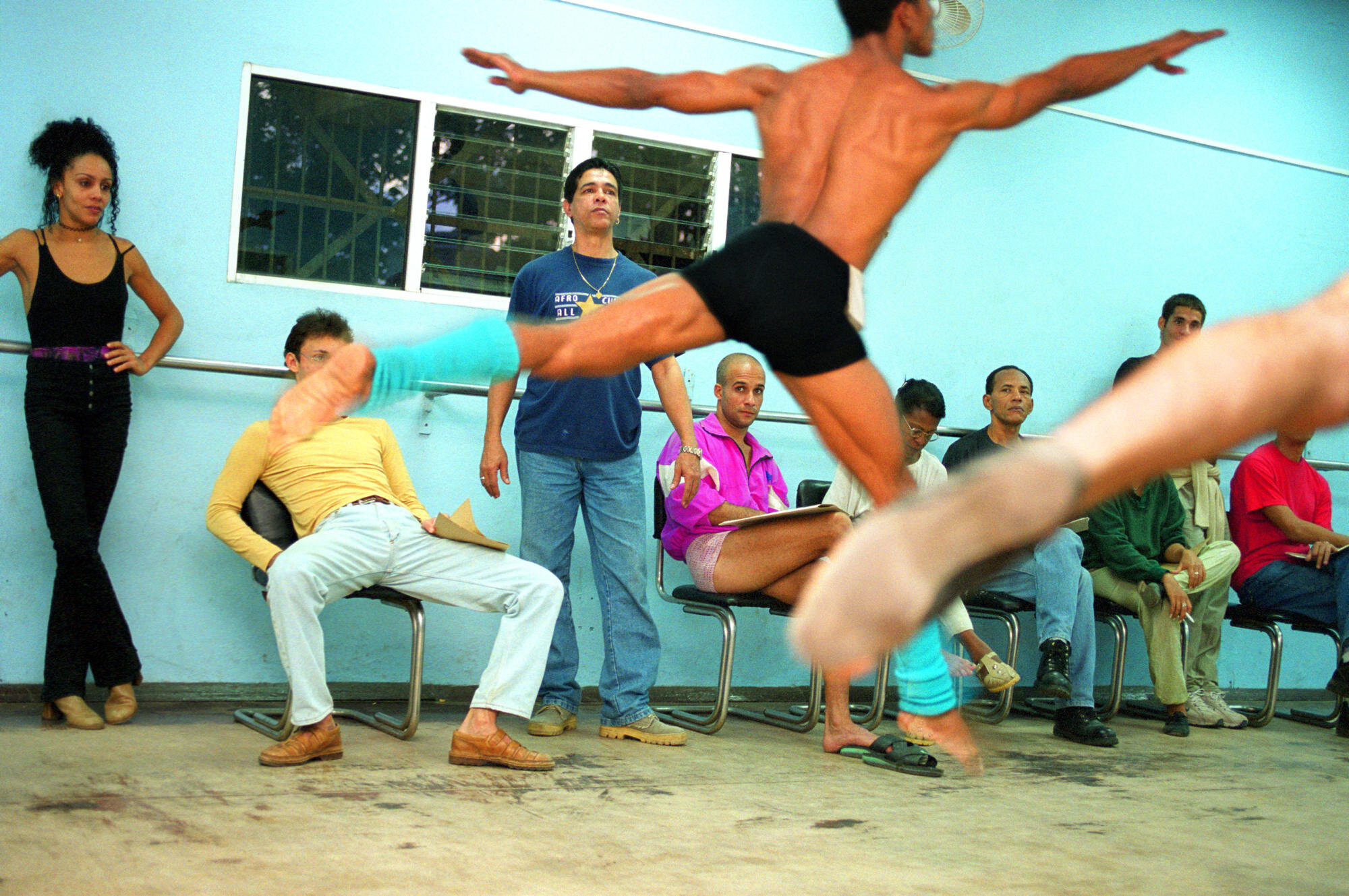
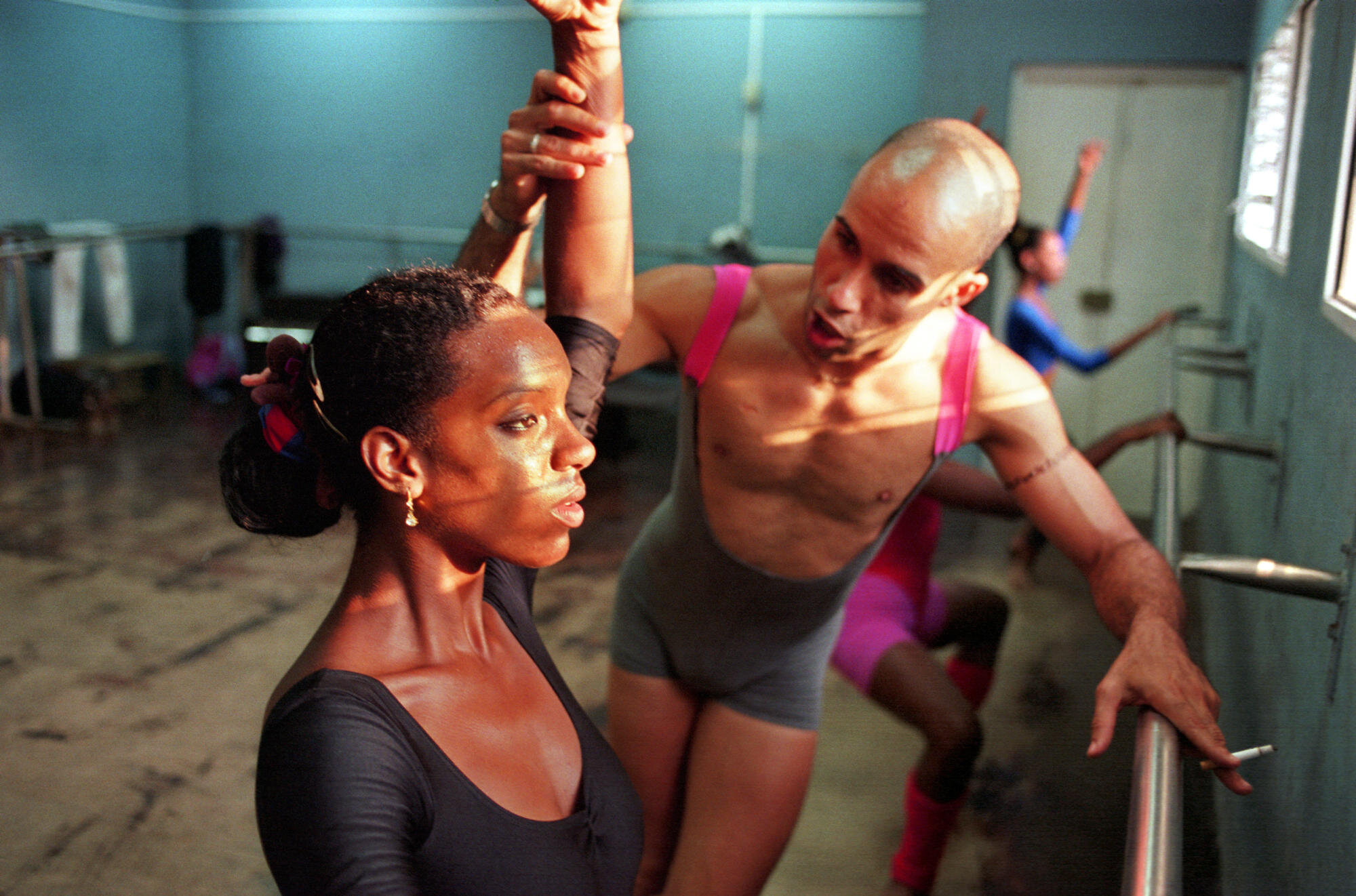
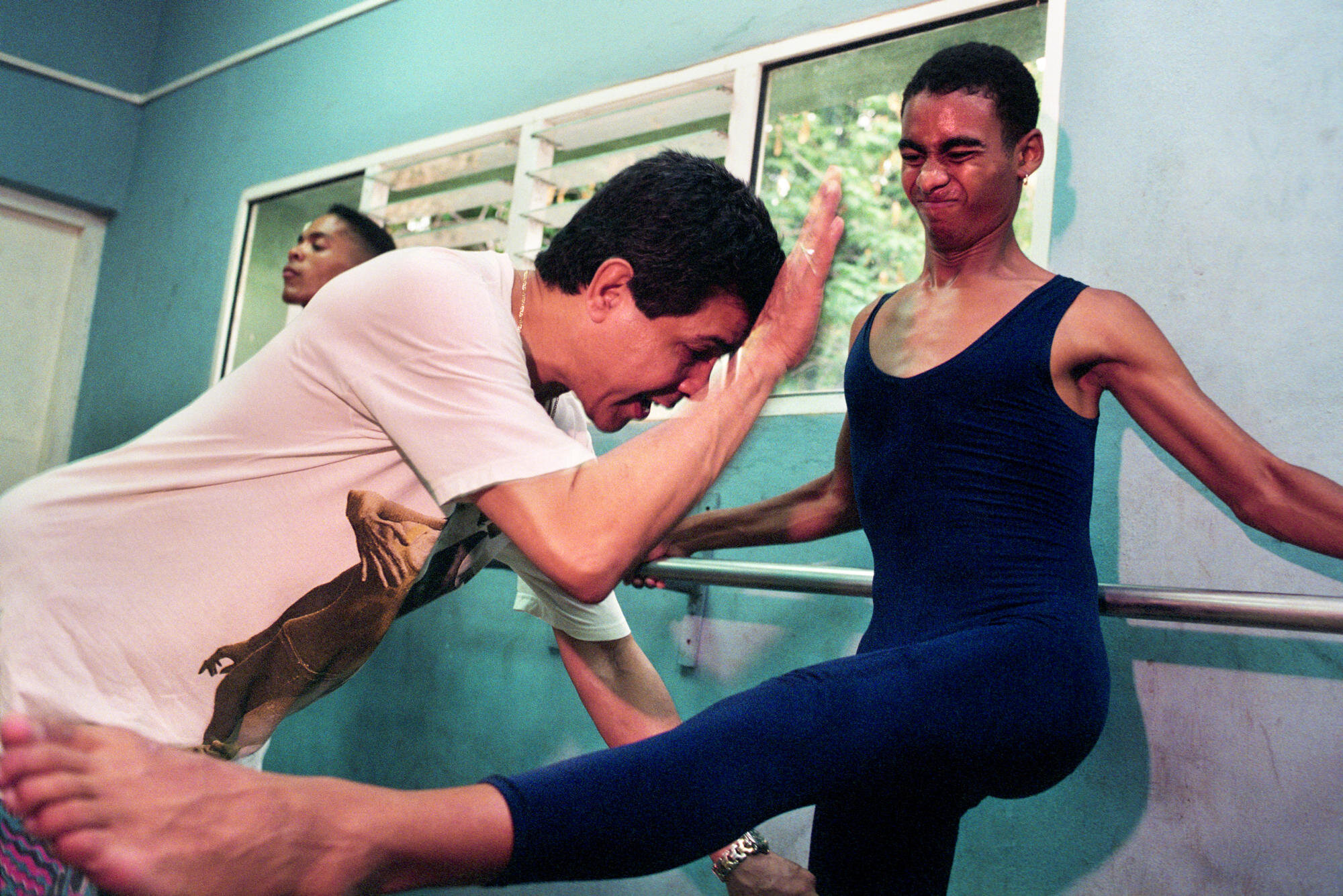
All images in this gallery © Sven Creutzmann
Zama wasn't so lucky to make it all the way. During the first presentation at school, the dance teachers noticed that she had the best pre-requisites for acceptance, but also one crucial shortcoming — she was too short! The minimum height for a dancer is 165 centimeters but Zama was two centimeters too short.
Considering her otherwise excellent condition, the school management told her, “Go home, you have four weeks, stretch so you can grow taller. Go, grow, and come back.” And so she did. Several times everyday, Zama hung from a pole in her apartment in Old Havana, her mother tirelessly pulling on her. Four weeks later, she presented herself back to the dance school, saying that she had grown the required two centimeters and was accepted into the school. However, in the midst of her very first class, Deputy Director Maité interrupted the training and compared Zama’s height to another girl who Director Maité knew was exactly 165 centimeters. There was a mismatch. Zama had pinned her hair up to look taller, but her little attempt of trickery was discovered and she was immediately kicked out of the school.
© Sven Creutzmann. Zama’s mother stretching her everyday in an effort to “grow” two centimeters.
Zama suffered and her dream fell apart. But, it was also bad for the story as it would have been great to follow her all the way to the end. One of the major challenges was to pick the right people — which dancer to track, whom to follow, which story to focus on amongst the 600 that stood in line and with the goal of being a dancer at Tropicana. Who will make it all the way to the end, who will not, where will the tears flow, where will be the smiles come, and where will the drama unfold? As a photographer those are always the challenges to navigate in a project like this.
Yanet, for example, desperately wanted to become a Tropicana dancer just like her little sister Yanelis, who had been a pro dancer at Tropicana for years. Yanet made the effort — she worked hard, trained, sweated, suffered not only at school but also at home together with her sister in the sweltering heat at her rooftop apartment in Old Havana. But after a very hard nine months and many tests, it was all over and she had to leave the school.
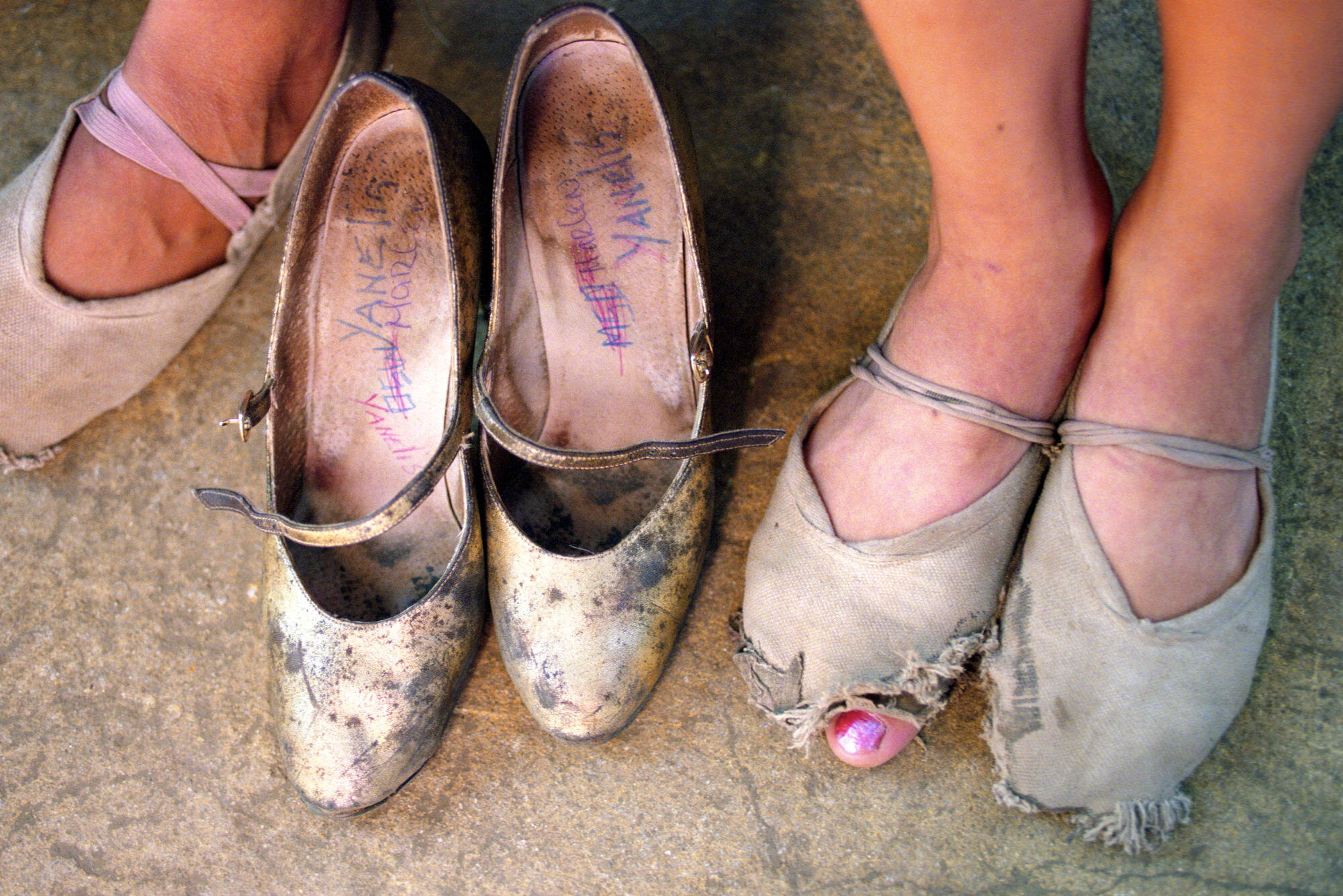

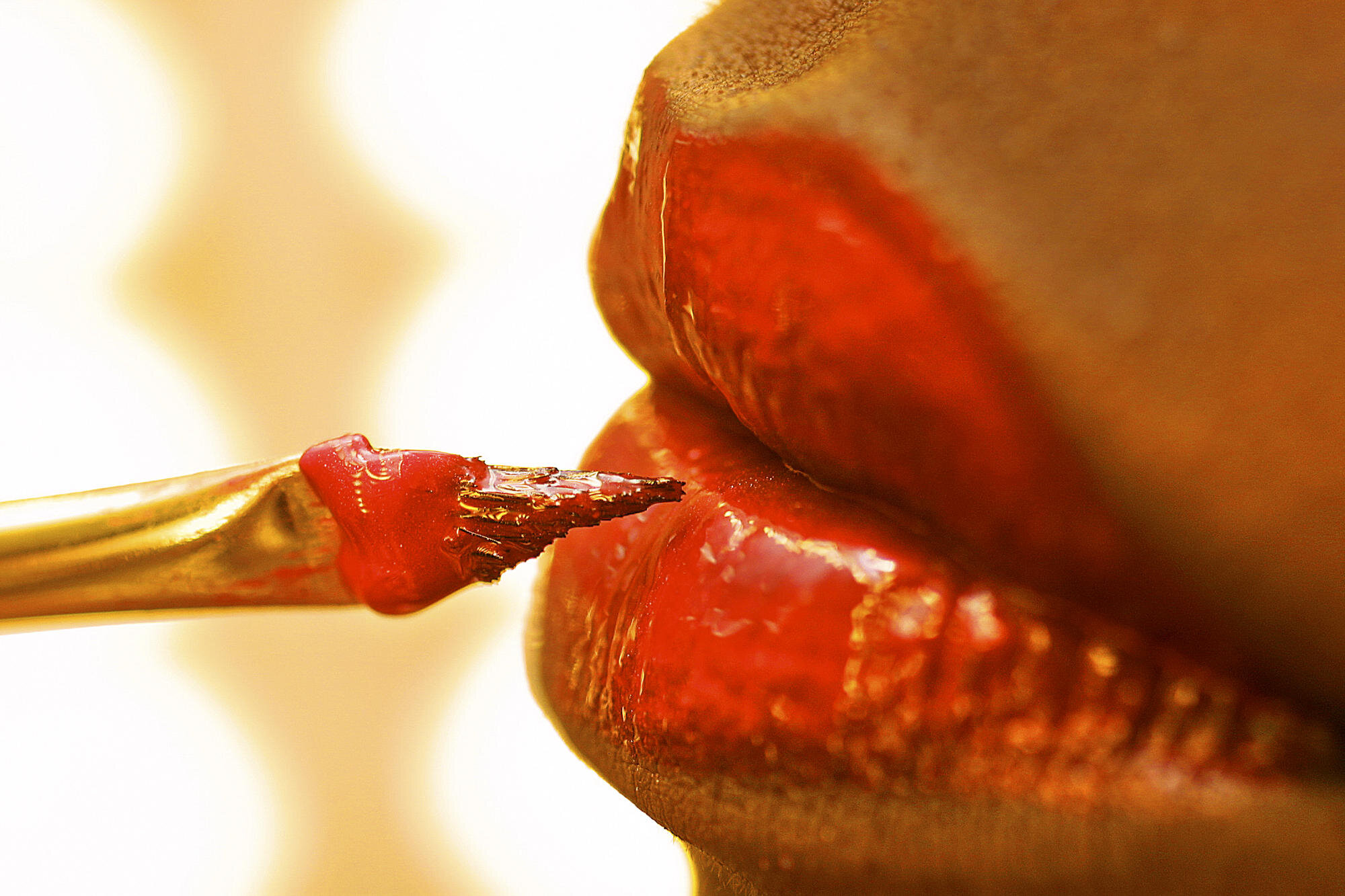
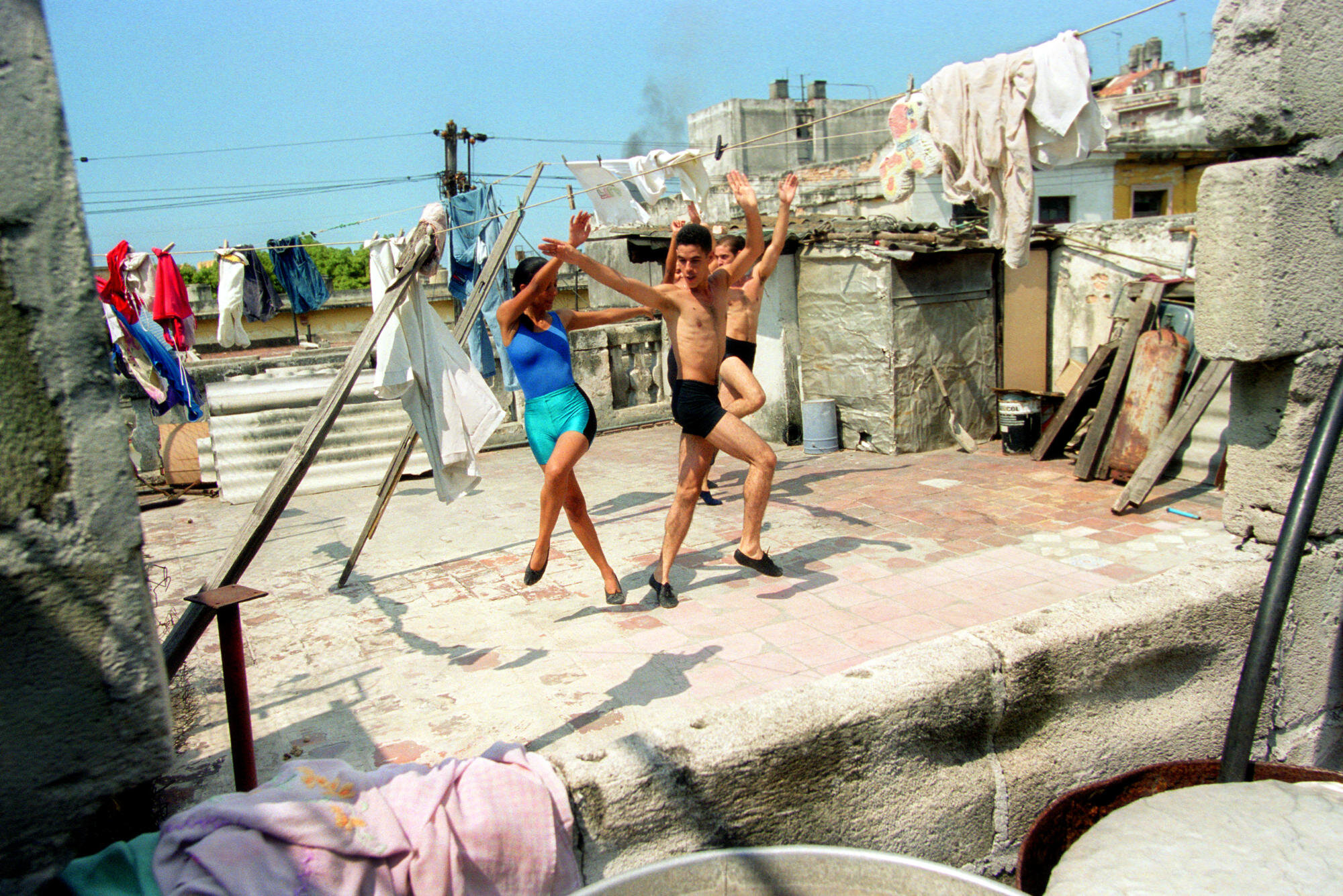
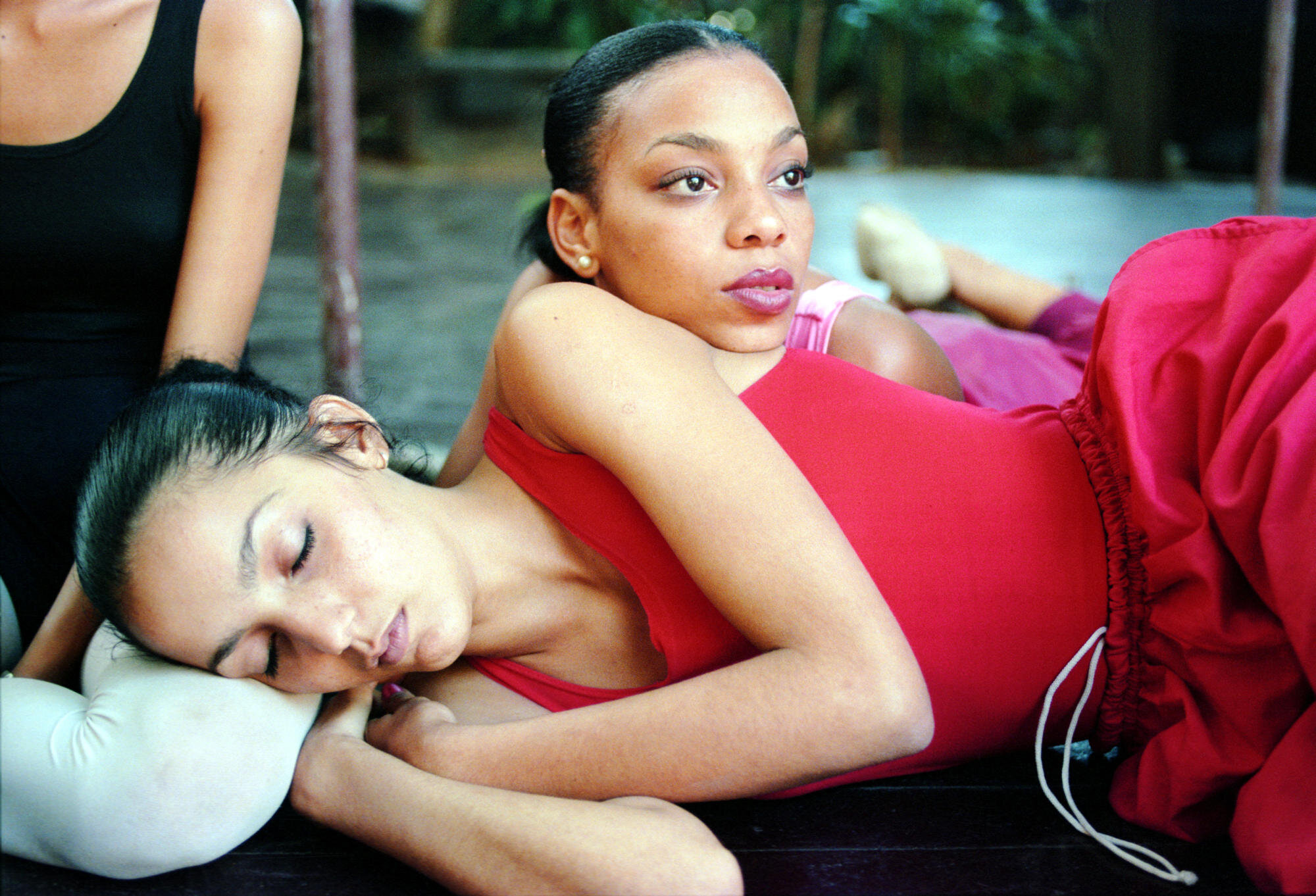
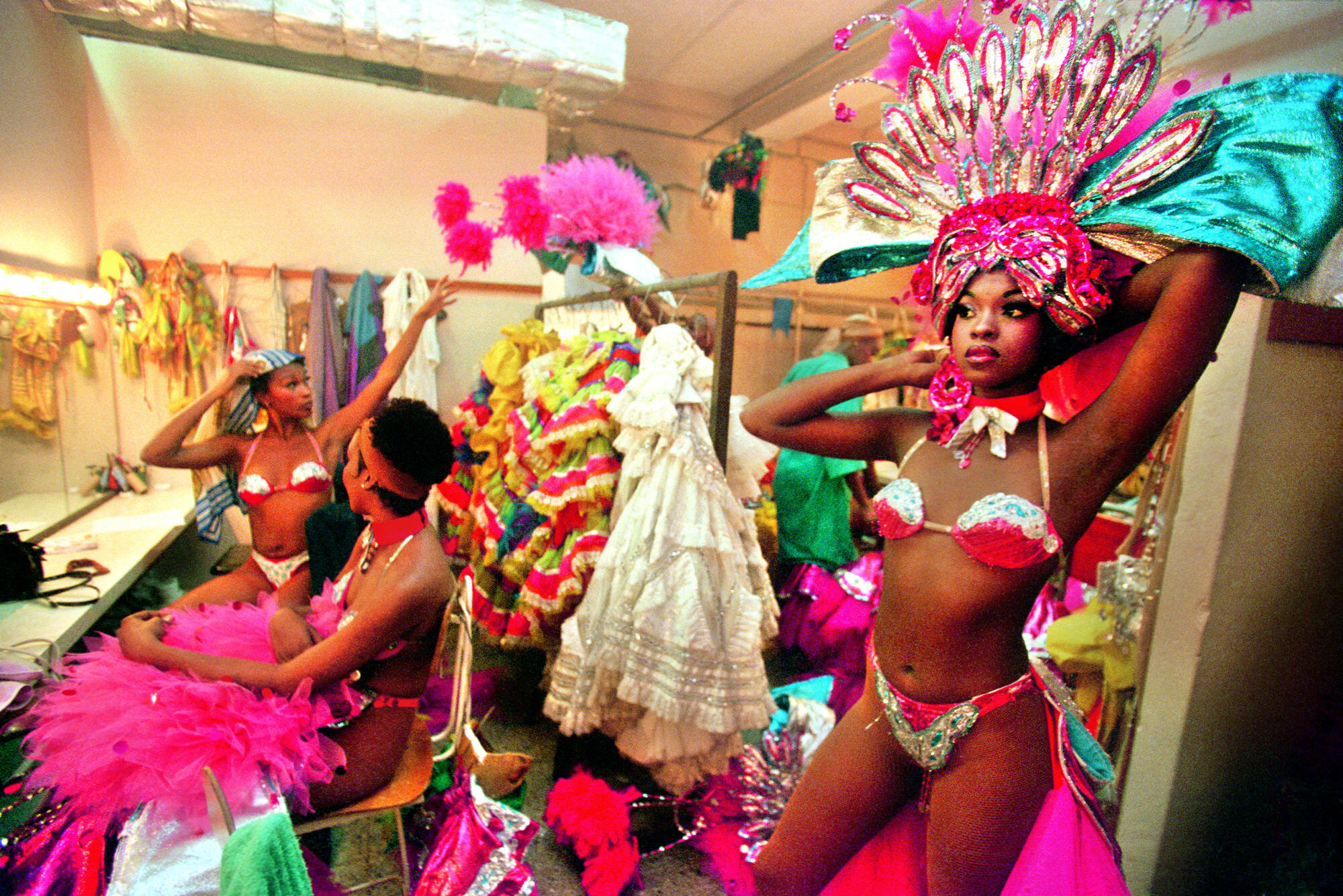
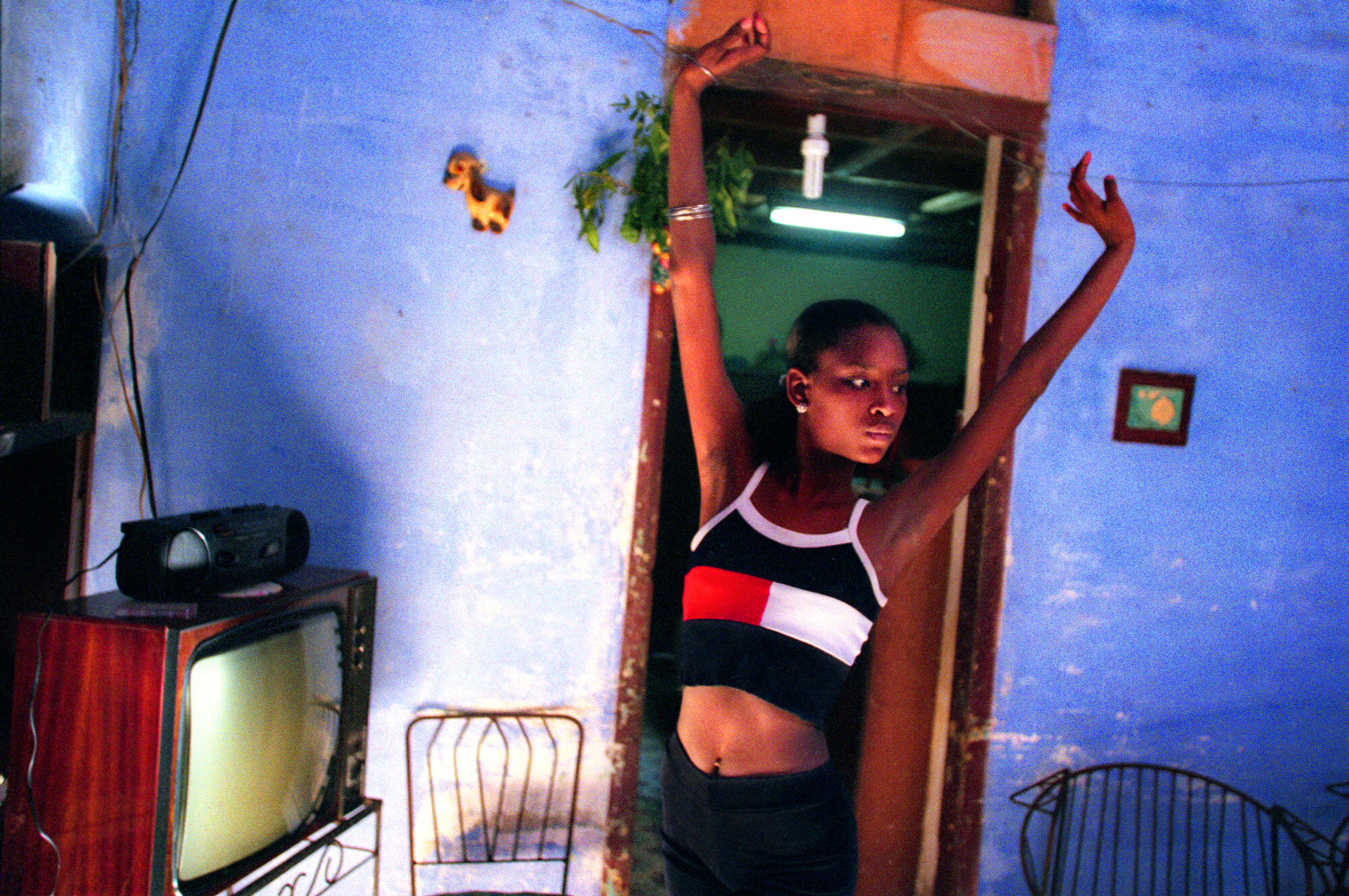
All images in this gallery © Sven Creutzmann
Of course, there weren’t only aspiring girls in the dance school of Tropicana. A couple of weeks into my reportage, Fernando, the fantastic Director of the school, pointed me towards the boys across the hallway. It turned out to be almost more exciting there, simply because the boys had to work even harder than the girls, who often had an advantage as a result of having taken ballet classes as little girls and getting a head start.
© Sven Creutzmann. Maikel sits on his couch in a way only he could.
One of these great guys was Maikel — what a man with a single muscle pack! Together with my friend and journalist Jürgen Schaefer, we visited Maikel at his home. We drank a lot of rum and Maikel talked about dance and his dreams for the school, not to mention about all the girls from the dance school whom he had been with. He sat in front of us, on his sofa, this powerful mulatto, behind him a tapestry of a powerful black stallion, a kitschy clock in the shape of a heart, and framed by lots of dolls — a backdrop even Spielberg could not have outdone.
Maikel actually made it, and was one of the only eight survivors. But while the other seven were happy to be able to dance on the Tropicana stage, Maikel wanted more. He left Cuba for the Canary Islands, some impresario had promised him whatever. We would never hear from Maikel again. But we did hear again from Zama, the little dancer who was two centimeters too short. After she had been kicked out from the school at Tropicana, she trained as a professional dancer at another cabaret.
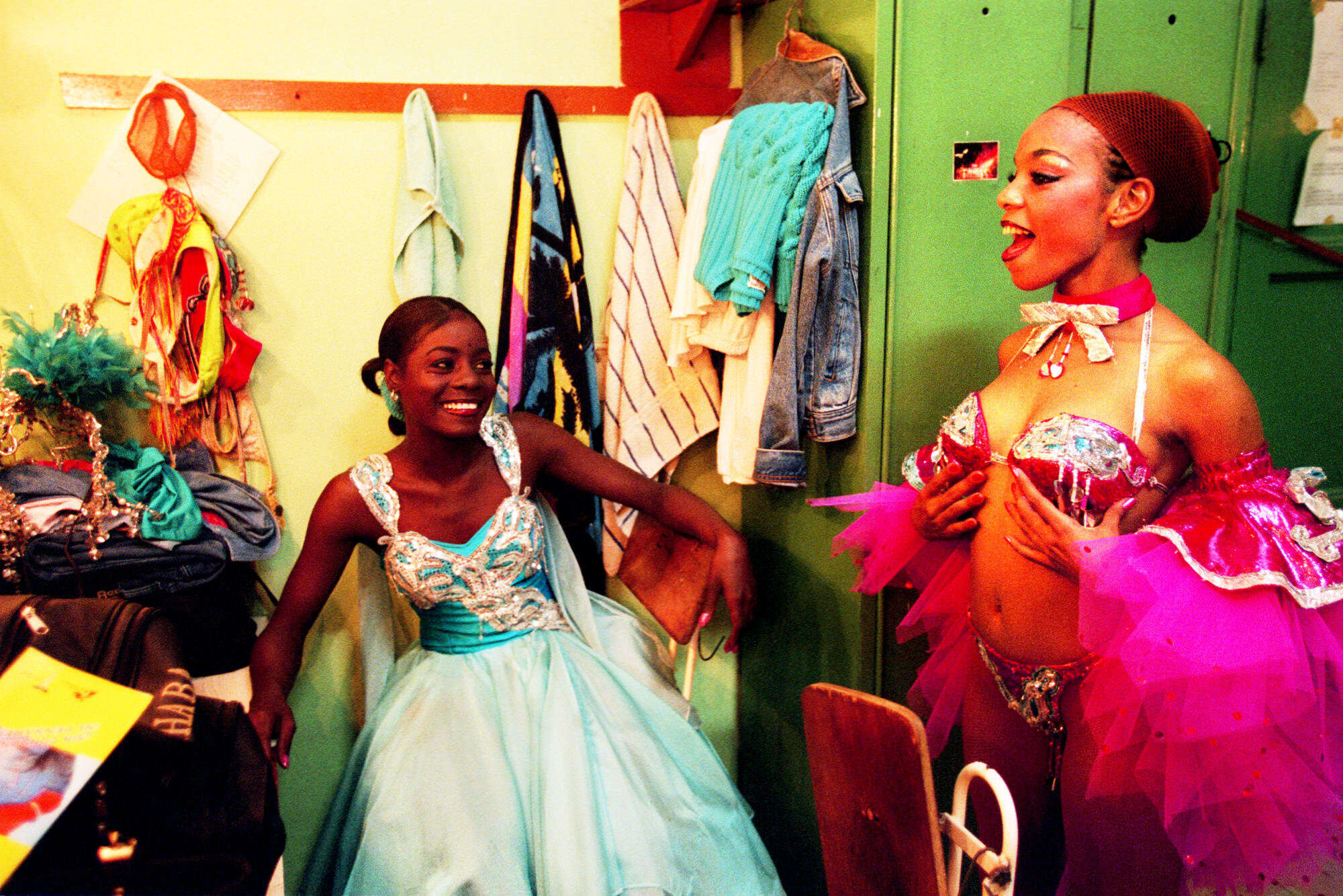
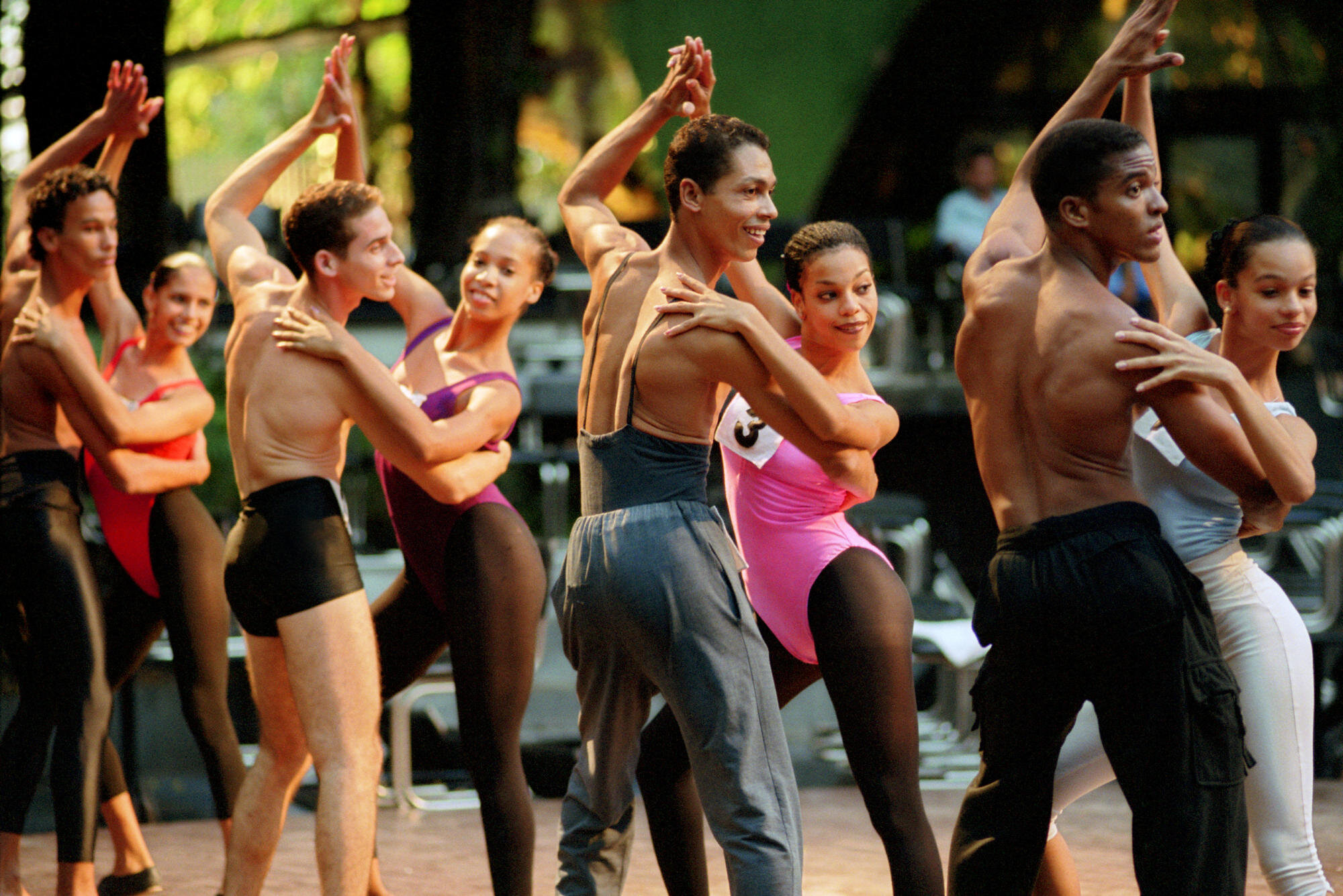
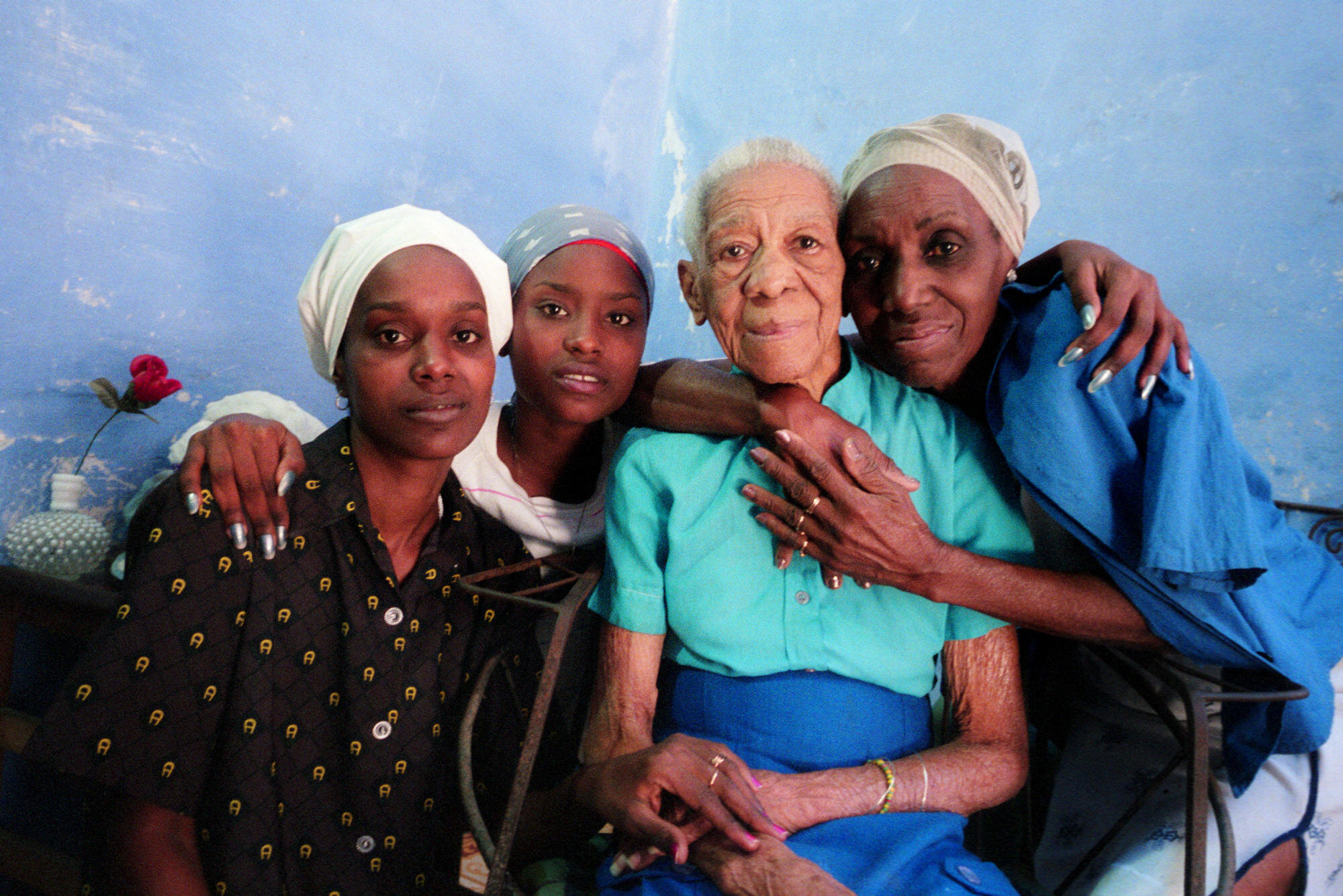
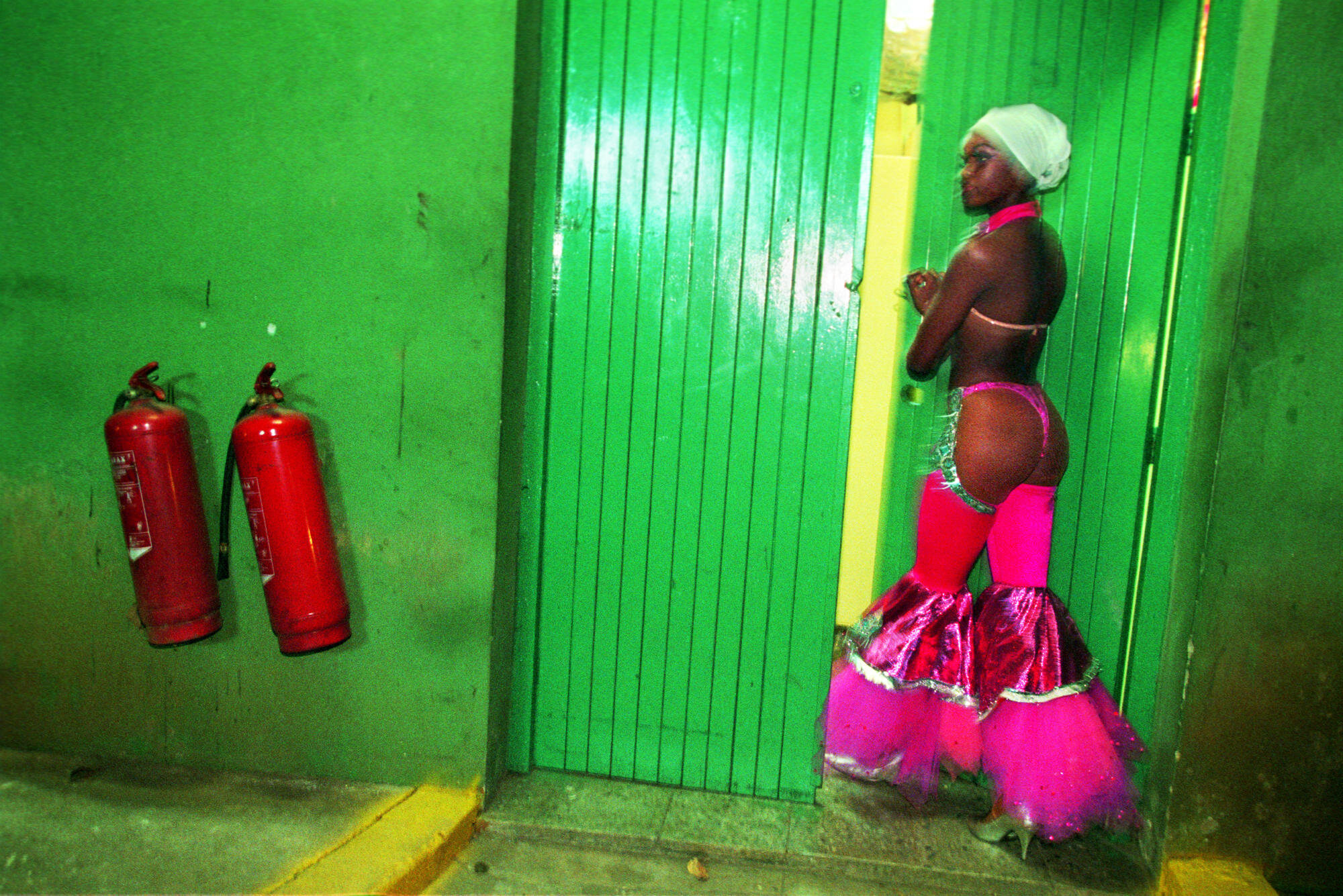
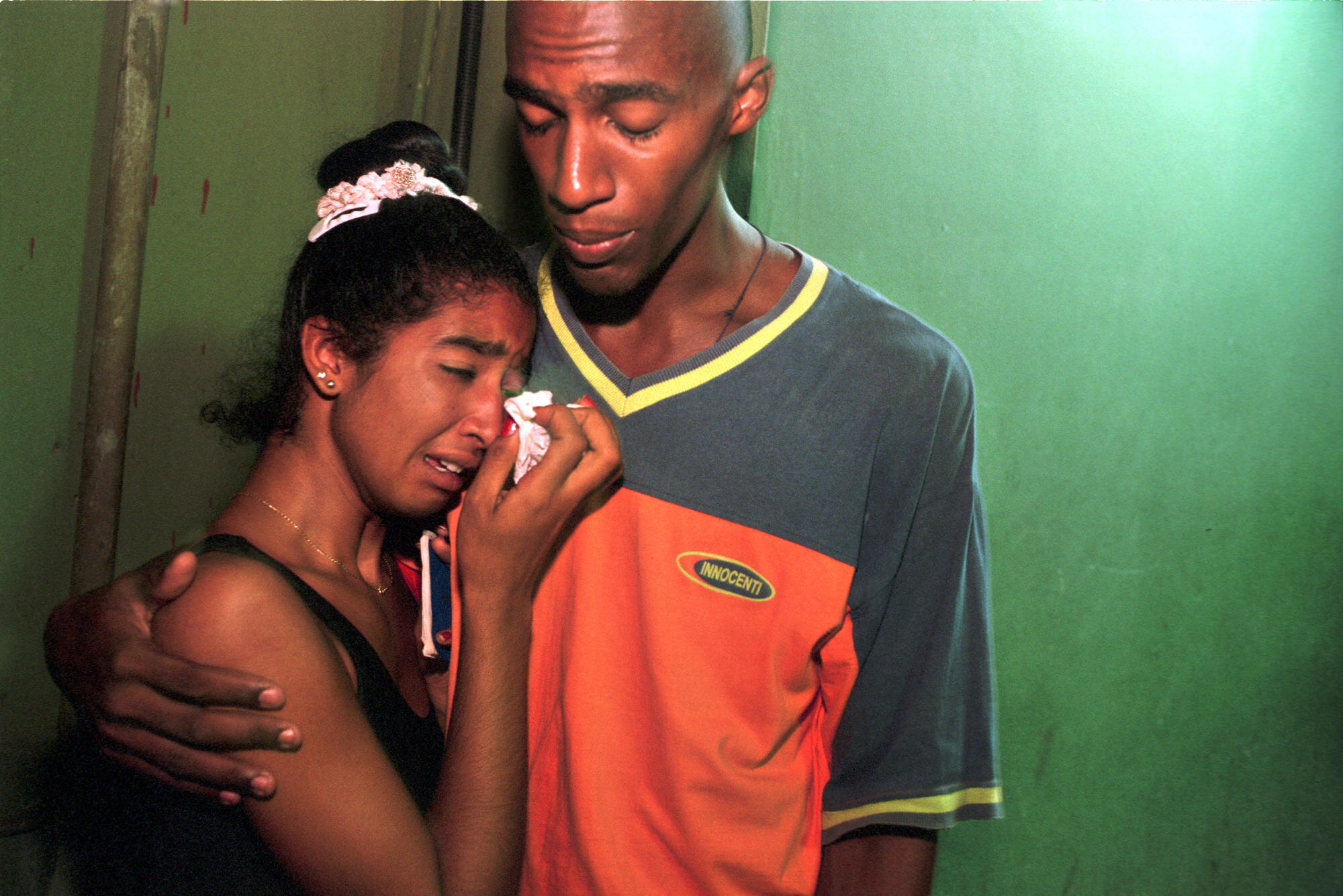
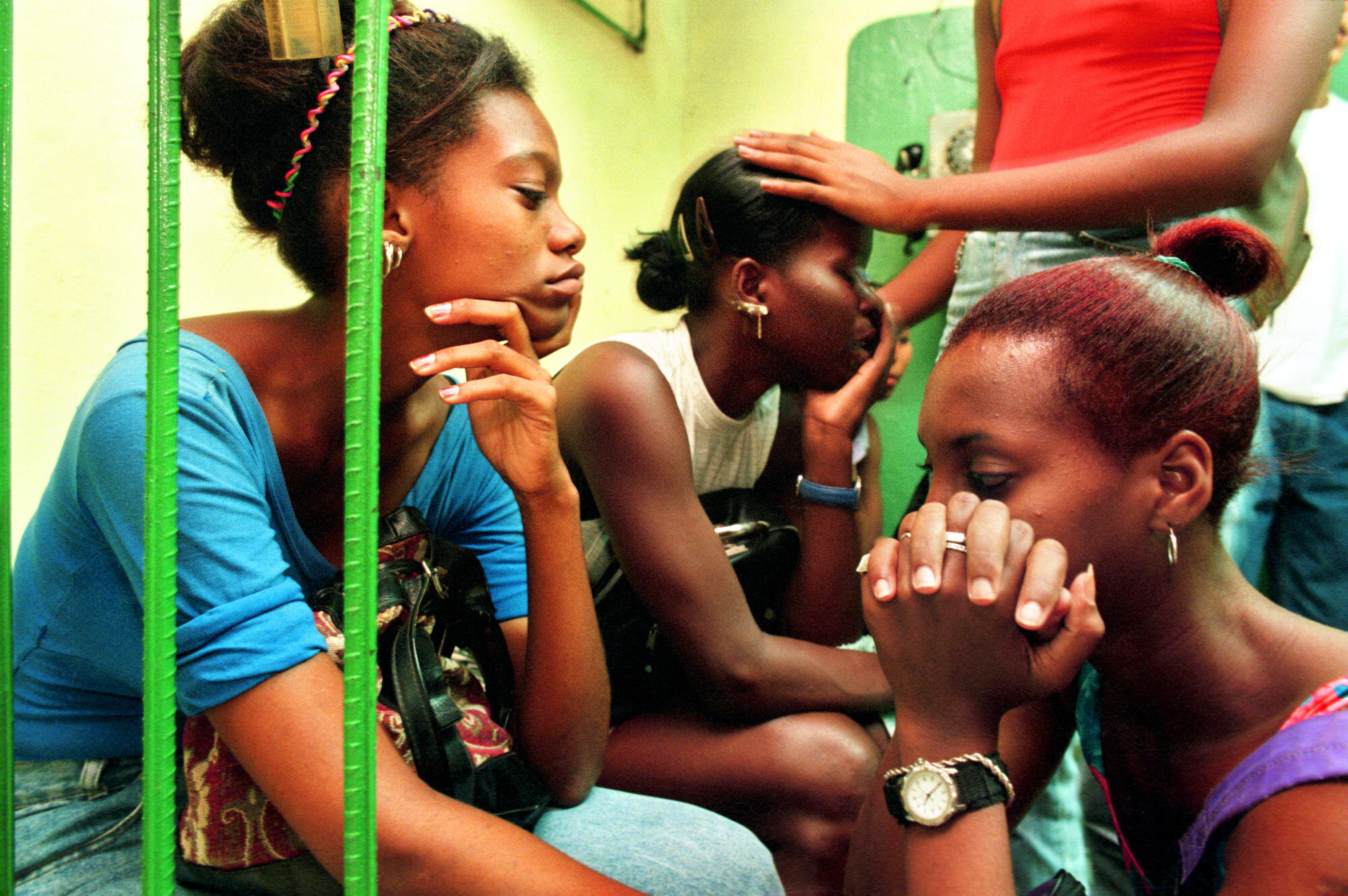

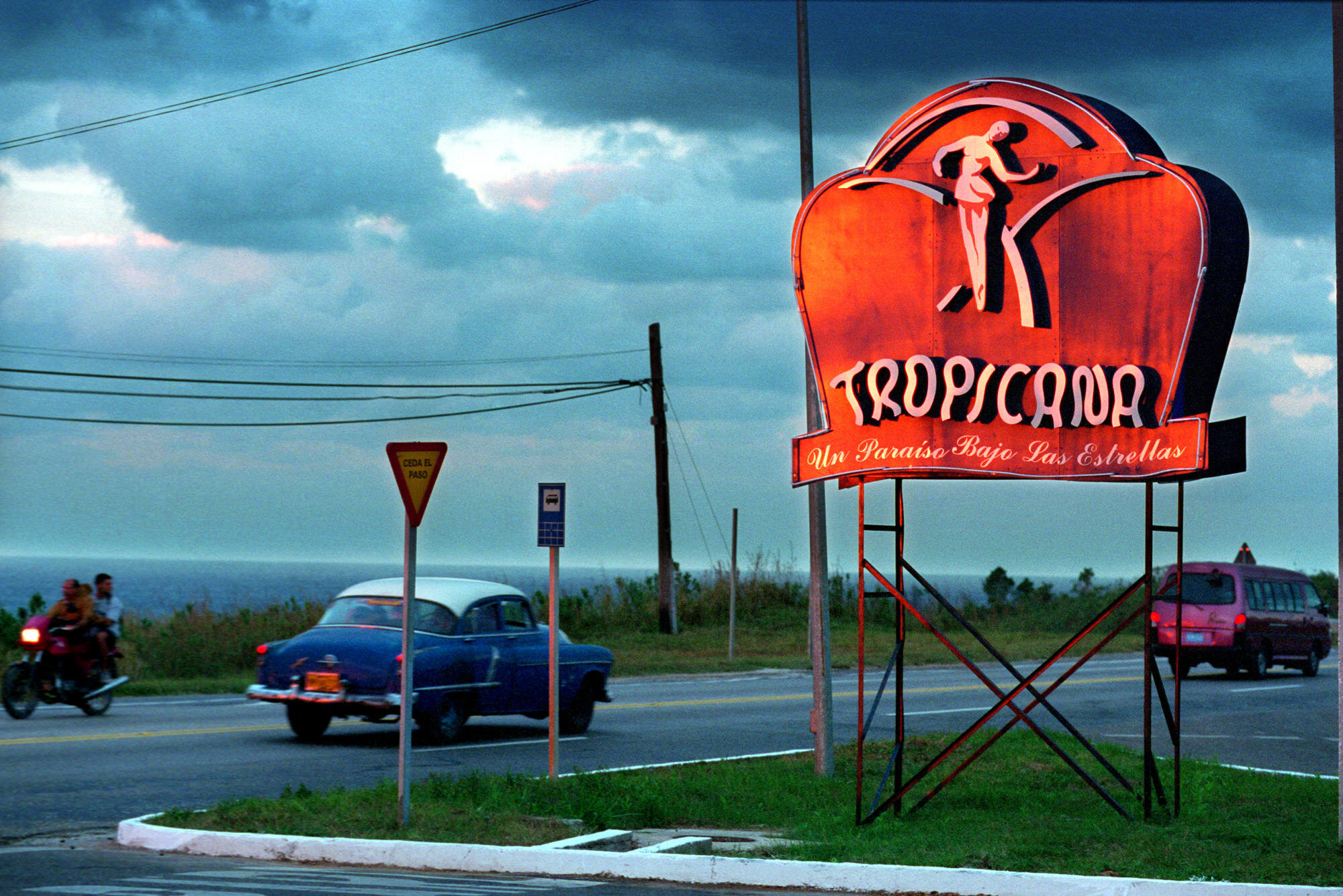
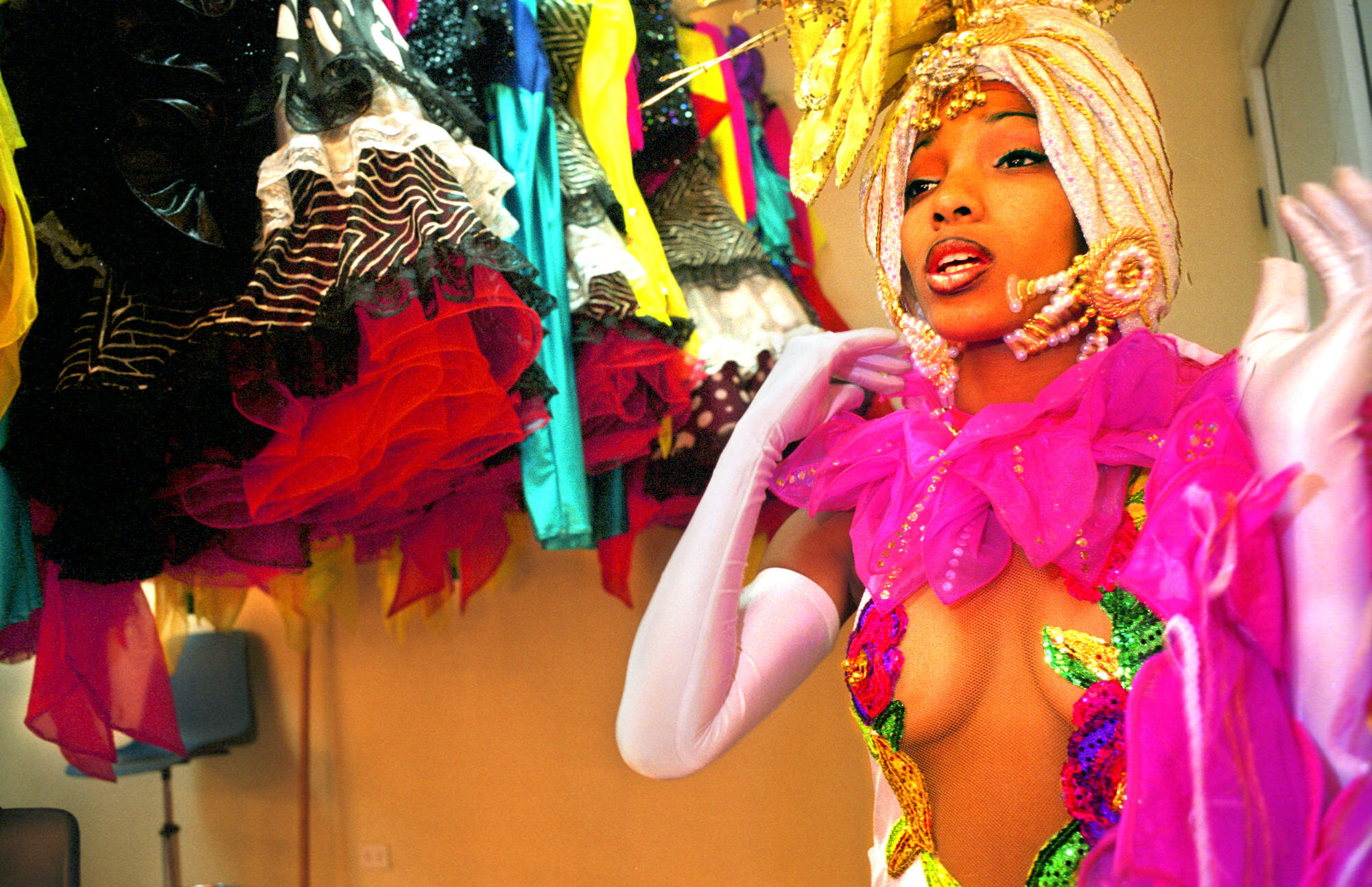
All images in this gallery © Sven Creutzmann
As we were finishing our story, after countless days of exploring the backstage with my Leica cameras and having covered the final exams and graduation ceremony, I just did not want to leave. For over a year, having entered the Tropicana so many times, the backstage just felt like home to me. But there was great news — Tropicana was opening up a completely new cabaret just outside of Varadero, the famous beach area two hours west of Havana by road. Of course I did not hesitate; I had to continue my story! When I arrived at the new cabaret and went into the changing rooms, the first dancer I spotted was Zama — getting ready for her and cabaret’s first show. She was now a pro dancer, and as such, there were no longer any height restrictions.
The (happy) End
© Sven Creutzmann. All rights reserved.
This story was produced by me independently. I hadn't offered it to any magazine beforehand because it was clear that no media outlet would give me an assignment for so many months. When I was about to finish this story, Cordt Schnibben, Editor-in-Chief of German magazine Spiegel Reporter and one of Germany’s most famous journalists called me. We talked about a boxing story that we were planning to do together in Cuba and Germany. But as he heard the music from the rehearsals in the background, he asked me curiously where I was and what I was doing. I told him briefly about the story and he immediately said, "We will buy the story exclusively, please don't give it to the any other magazines such as Stern or Geo." And so it happened. Spiegel Reporter bought the story and ran it on 13 pages. The story was then reprinted numerous times in Germany and other magazines worldwide.


